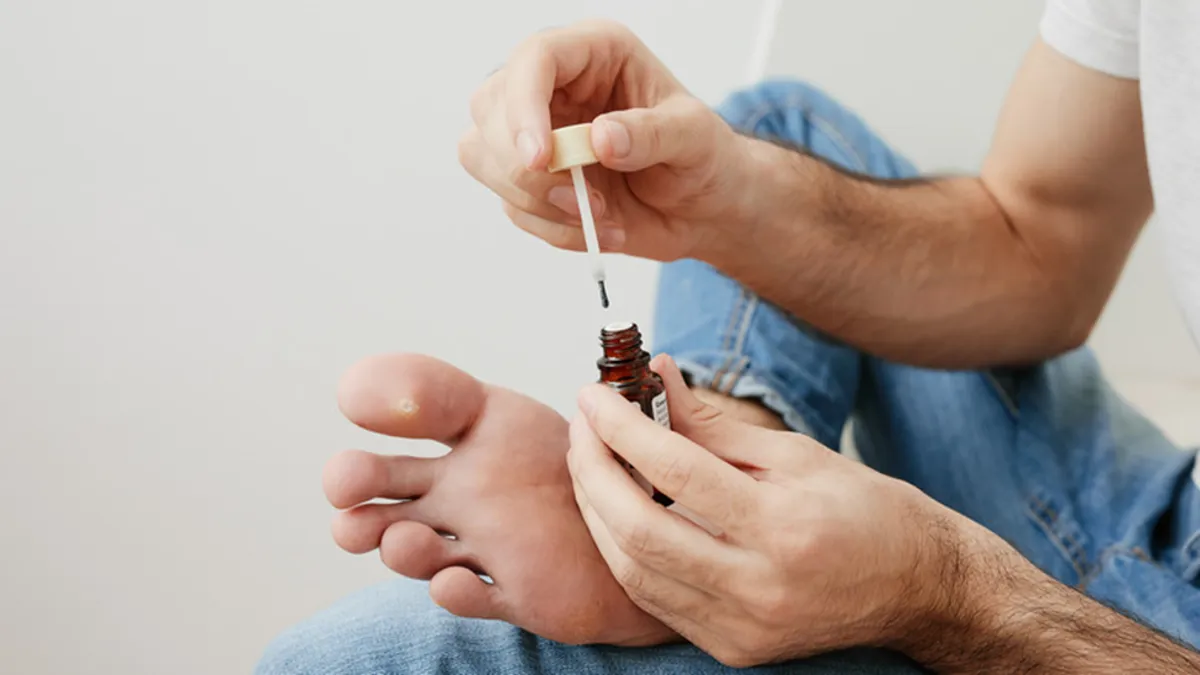Warts can be more than just a minor cosmetic nuisance—they can also bring discomfort, embarrassment, and a sense of self-consciousness. Whether they appear on your hands, feet, or face, dealing with warts is never easy. However, the good news is that there are several ways to remove warts without resorting to surgery. In this article, we’ll explore various non-surgical options to remove warts, with helpful tips to guide you through the process.
Warts: What Are They?
Warts are small, hard bumps on the skin caused by the human papillomavirus (HPV). They’re contagious, often spreading through direct contact with an infected person or surface. Warts can appear anywhere on the body but are most common on the hands and feet. Though typically harmless, they can sometimes be painful, especially plantar warts on the feet.
Over-the-Counter Treatments for Wart Removal
If you’re looking to remove warts without surgery, there are several effective over-the-counter treatments available. One of the most common options is salicylic acid, which works by softening the skin around the wart and breaking it down over time. It’s available in many forms, including gels, patches, and liquids. Simply apply the treatment to the wart daily, and over the course of weeks, the wart should gradually fade.
Another popular over-the-counter solution is cryotherapy, which involves freezing the wart using a cold substance, usually a form of liquid nitrogen. Cryotherapy is designed to kill the tissue, causing the wart to fall off after a few treatments. Though it may require multiple sessions, this treatment is non-invasive and effective for many people who want to remove warts.
Natural Remedies: Do They Work?
While many turn to conventional treatments, some people prefer to explore natural remedies to remove warts. Although not as scientifically proven as medical treatments, certain home remedies have gained popularity for their potential wart-removal benefits. For example, apple cider vinegar is a common natural treatment. The acidic properties of apple cider vinegar can break down the wart tissue, similar to salicylic acid. To use this remedy, soak a cotton ball in vinegar, place it on the wart, and secure it with a bandage overnight.
Another natural option is garlic. Garlic has antiviral properties that may help fight off the HPV virus that causes warts. You can crush a garlic clove and apply the paste directly to the wart, covering it with a bandage. Leave it on for a few hours, then remove it and wash the area. This remedy may require consistent use to see results, but some people have found it effective.
How to Prevent Warts from Spreading
Warts are contagious, and preventing their spread is essential when trying to remove them without plastic surgery. The first step is to avoid direct contact with the wart. This means not picking at the wart or touching it with bare hands. If you must touch it, wash your hands immediately afterward. Additionally, cover the wart with a bandage to reduce the risk of spreading the virus to others or other parts of your body.
Another key preventive measure is to avoid sharing personal items such as towels, razors, or shoes, which can transfer the virus. When using public spaces like swimming pools or gyms, make sure to wear sandals to avoid coming into contact with potentially infected surfaces. By following these steps, you can help prevent the spread of warts while working to remove them.
When to Seek Medical Treatment for Warts
While many warts can be removed at home with over-the-counter or natural treatments, there are times when medical intervention is necessary. If you’ve tried multiple non-surgical methods and the wart hasn’t improved, or if it continues to grow or spread, it may be time to seek professional advice. Additionally, if the wart is causing significant pain, bleeding, or changes in appearance, it’s essential to consult with a healthcare provider.
In some cases, a dermatologist may recommend a stronger cryotherapy treatment, laser therapy, or other medical methods to remove warts. These treatments are typically quick, effective, and performed in-office, and they offer a non-surgical solution for wart removal. However, surgery is rarely required unless the wart is exceptionally persistent or large.

